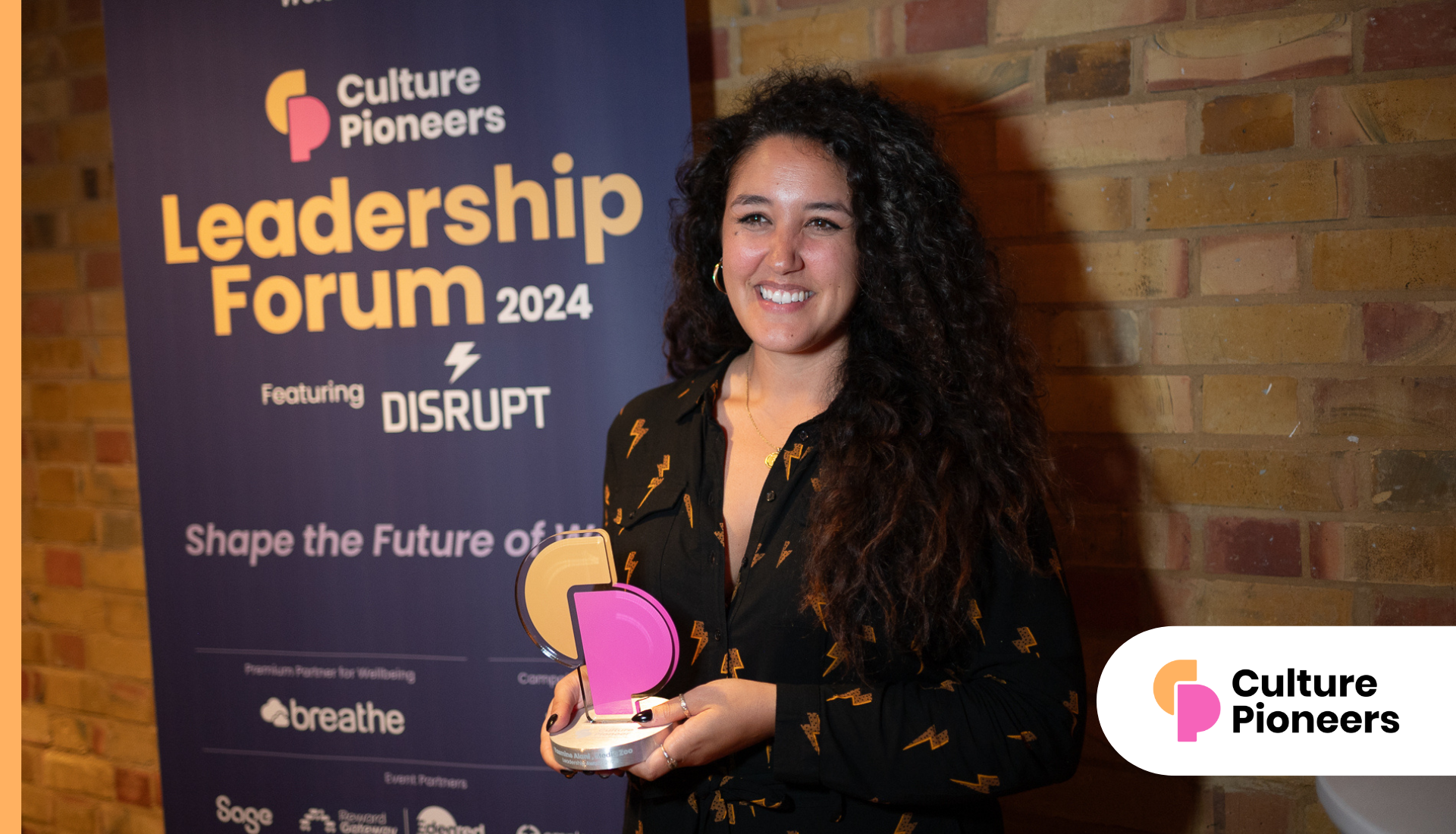Women and men probably have more in common than they know – however it is not their similarities that get the most attention, it is the differences. Rory Fidgeon summarises research which highlights the differing priorities between men and women.
In a recent study, designed to surface the true underlying beliefs and assumptions people hold at work, it was discovered that not only did different organisations, industries and countries view different things as important, but also different demographic groups such as the generations, age groups, and males vs females.
The tool used to collect the data, A&DC’s Cultural Alignment Indicator or CAI, has 30 scales and it was found that on 10 of these, there were statistically significant differences in terms of how males defined an ideal culture compared to their female colleagues. These differences are summarised below.
Over half (56%) of female respondents think it is more important to offer choice in the workplace compared to just over one third (38%) of men – but –
Nearly two thirds (62%) of men think it is more important to offer simplicity in the work place compared to under half (44%) of females
Just over one third (34%) of women think it is preferable to be reactive to situations in the work place compared to under a quarter (22%) of men – but –
Three quarters (78%) of men think it is preferable to be pre emptive compared to two thirds (66%) of women
Three quarters (74%) of women think it is important to have practical and down to earth training in the work place compared to under two thirds (59%) of men – however –
Nearly half (41%) of men think it is better to be conceptual and academically focused within an organisation compared to a quarter (26%) of women
Nearly two thirds (64%) of women think it is best to be diplomatic in the work place compared to half (51%) of men – however –
Half (49%) of male respondents think it is better to be direct compared to just over a third (36%) of women
Nearly half (42%) of women think it is better to be content in the work place compared to just under a third (30%) of men -however –
Over two thirds (70%) of men think it is more important to be ambitious in the work place compared to just over half (58%) of women
I think the obvious questions that most people would raise are ‘who’s right?’ ‘how can we reconcile such differing perspectives’ and ‘how can we break it gently to one group or the other that they have got it all wrong?’
Is the apparent and inherent tension between the sexes is a bad thing?
I think that there are two important points to cover here:
- That the data focuses on the mean scores, so perhaps the fact that one side of the gender divide sees things differently to the other is a positive thing.
- Could it be that the apparent differences which seem to exist could be positive? For example, perhaps males tone down their ‘macho’ tendencies, and women can see that being direct rather than being diplomatic also has its place?
In addressing the first of these points, undoubtedly the trends in the data surfaced by the CAI shows that men’s and women’s subconscious beliefs and assumptions about ‘what a good place to work looks like’ are significantly different. However, this doesn’t mean that there are no ambitious women or unambitious men, rather that the available pool will be larger or smaller.
Further, being ‘ambitious’ is not black and white; it is the level of ambition that is important. Some people view Jack Welch’s ideas on ‘up or out’ as some sort of healthy organisational Darwinism, others value those who are more content with their lot, or are just happy to be able to do their job well and leave it at that.
The important ‘take away’ from the CAI research is that not that one gender is right and the other wrong, but that only exclusively taking on board one view at the expense of the other is the trap.
The CAI predicts that if there is an unhealthy imbalance that certain values outlined in this article will start to be accepted as ‘natural, or taken for granted’.
Hopefully this will alert users to when the ‘gender lens’ have become ‘blinkers’.
Rory Fidgeon, Principal Consultant – Research and Innovation










One Response
The Definition of Good
This article is very interesting and certainly supports what we have found with our research on what a good employer is, in terms of maternity and paternity. All to often there is an expected "one size fits all" answer to getting the best from people in the workplace. But deep down we all know that this is not the case. All opinions, requirements and aspects need to be considered and then the best course of actions for that company and those people, within their context, should be taken. The key is, as shown here, that swaying to much to one viewpoint, without full consideration of others, is restrictive and we must question, question and question again so that we continue to develop and grow.
Nikki Bartlett, Chartered FCIPD, Learning and Development Director, Zest Learning and Managing Director Maternity Unlimited. nikki@zestlearning.co.uk or nikki@maternityunlimited.co.uk